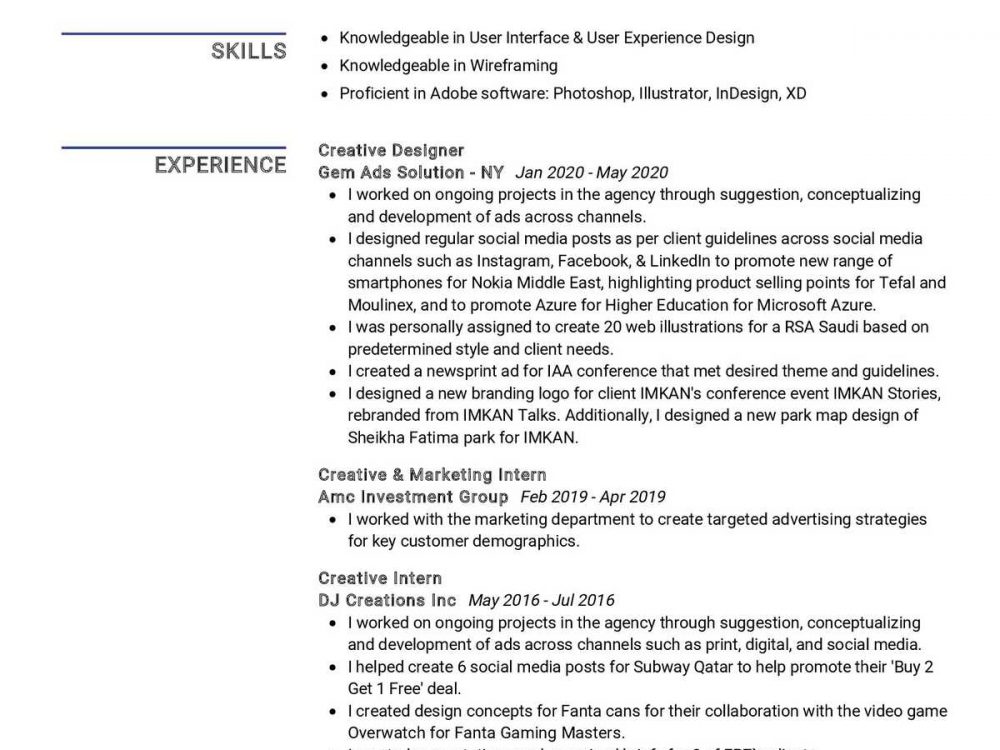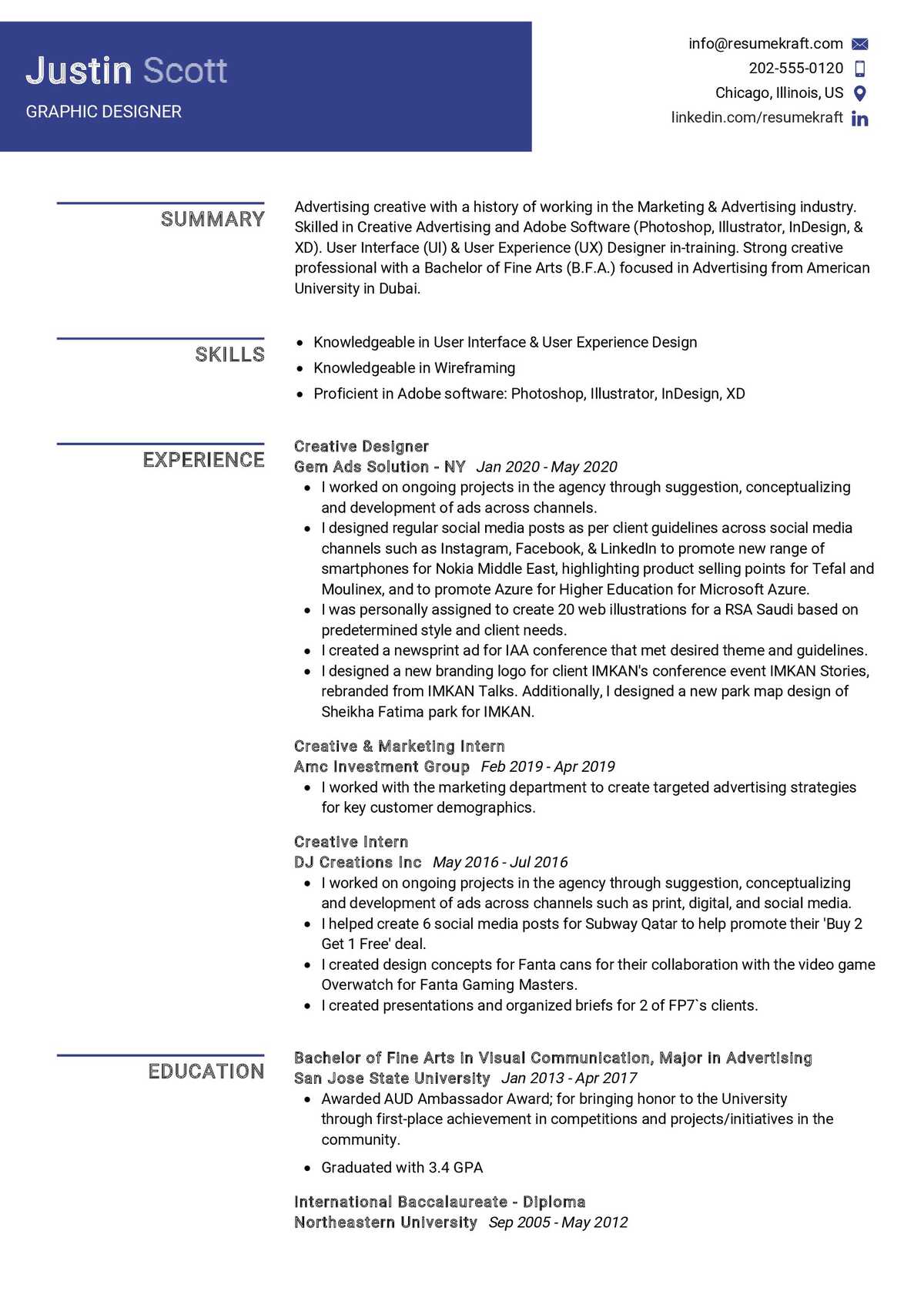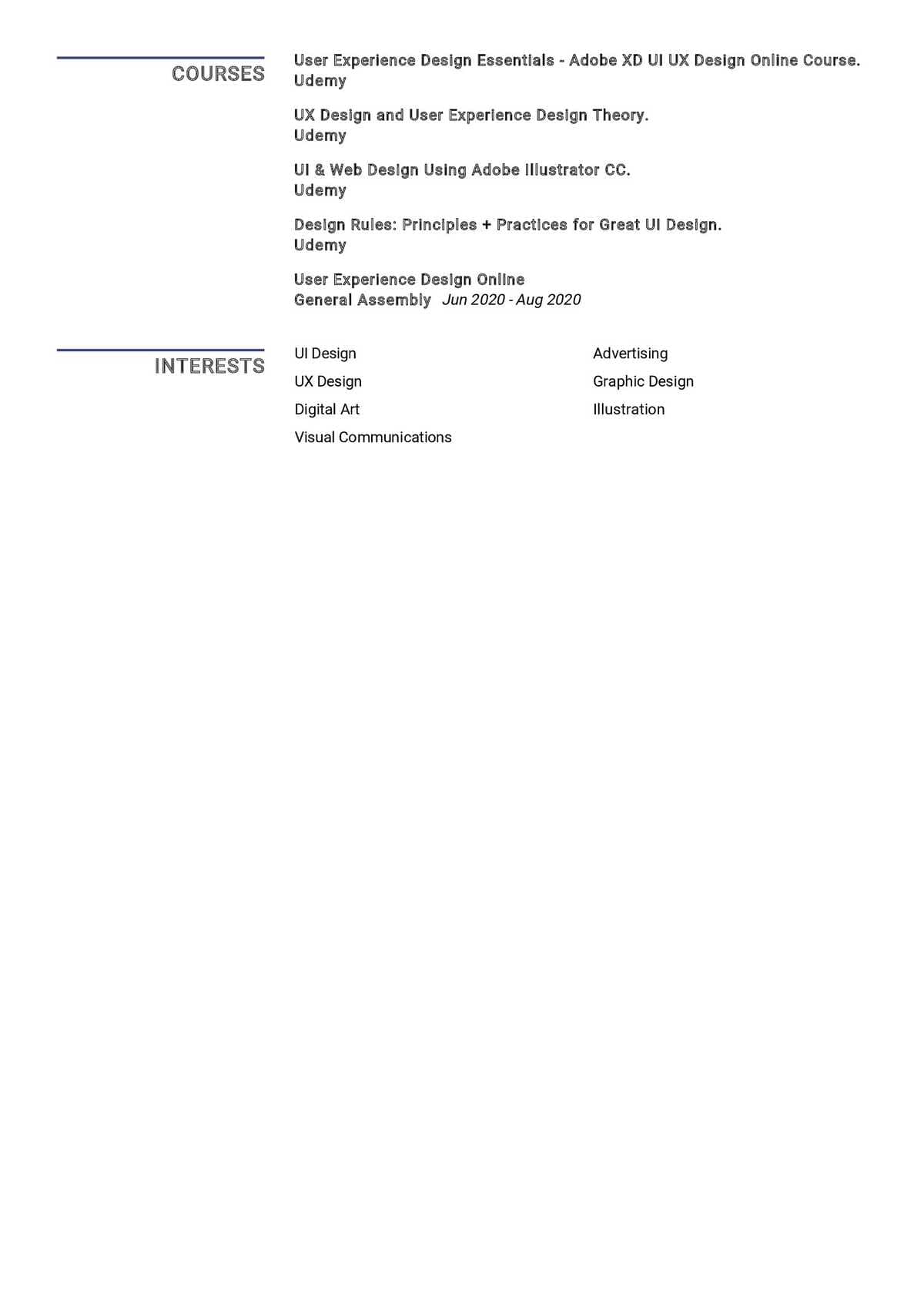How to write a Graphic Designer Resume?
Are you a Graphic Designer and looking for the perfect job, take some time to read this article on how to write the perfect Graphic Design Resume. We’ve put together a guide with tips from industry professionals, as well as an outline and timeline of what you should include in your resume. Follow these tips to make your Graphic Design Resume stand out from the rest!
Visual Appeal – Your resume should be appealing to the eye, but not so much that it bores the viewer. Use strong contrasts, a large font, and colorful words to grab attention. Try not to have too much information on each page! Cover two pages for more detail. This will put your design skills at the top and your creative experience in a one-two punch.
Experience – Keep some of your previous experience to a minimum, at least for the first half of your resume. Exceptions might be if you are transitioning from an internship or having difficulty finding work. Normally, try and stay under ten years for experience (with exceptions) and three pages should be enough!
Career Objective – A career objective is just what it sounds like. It’s where someone who wants to work for you would look for when they do their job search. It should consist of a brief, one to two-sentence description of what you want: an entry-level job, a junior position, or a senior position. It is often good to read an objective out loud. If it sounds natural when spoken then it will sound good on paper (this may not be the case for everyone).
Skills – Describe the specific skills that are needed for this job, whether they are software, design, or other types of skills. Make sure that these are transferrable and can be demonstrated on your resume. This is not the place to be verbose, but make sure everything you say is actionable. Do not list skills that may not apply.
Work History – Include your hours worked per week and include your name, title, company name, location, and dates (including start date if applicable). Also, include a short summary of the job. You can give more information about your experience in the job description or in the “Experience” section of your resume. Use reverse chronology for work history: most recent first.
What should a graphic designer put on a resume?
- Communication Skills: All designers should have great communication skills. This is important to ensure that your clients and employers understand your vision and the work that you do.
Knowledge in Adobe programs, like Photoshop, Illustrator and InDesign. - Ability to work with others: Designers must be able to effectively communicate their creative vision to the rest of the design team, whether in person or via email.
- Motivation and drive: Designers must be able to demonstrate an inner drive to succeed, even if others may not see the need.
- Experience in designing for Web and print.
- Experience in teaching design classes: Adobe Illustrator, Photoshop, InDesign, Corel Draw and any other graphic design related programs.
How important is it to have a portfolio?
I would say that a portfolio is very important. I usually have a portfolio on my hard drive, but it’s good to have one that I can put up on an online server or even print out for employers to see as well. There are so many different types of portfolios. Personally, I let people see the work that I do at home, however, if I’m applying for a job for a specific agency or company that is where I keep my portfolio. I have an online one, however, it isn’t public. It’s just for employers and clients to see the work that I did for them. My portfolio is a combination of my old job one as well as my new portfolio. It also consists of work that I have done at home as well because in my new job, I am allowed to bring work home with me on occasion. I think it is good to have all of that available to your employers in case they want to see work that you did for other companies as well.
There are so many different ways for you to make a portfolio. Here are just a few examples of various portfolios I have seen friends use. They are all VERY different and unique in their own way, but they still show off the same talent of the artist behind them!
The Internet is a great resource for finding an audience in this day and age.
Tips to write a Graphic Designer Resume Summary:
- Your most recent job should be listed at the top of your resume.
- If you are writing your resume for a Graphic Designer position, list skills relevant to the job first (e.g. software, design programs).
- You should try and use consistent formatting on your resume to keep it clear and easy to read.
- Productive skills and experience should be highlighted in a way that’s relevant for a Graphic Designer Job.
- Use action verbs (i.e. Make, Develop, Edit, Create, Design, etc.) to highlight the experience that makes you a great candidate for Graphic Designer.
- List any awards or publications you might have in your resume to show your knowledge and expertise.
- If you have worked on projects with a team, make sure to highlight your contributions.
- Don’t forget to include things like email addresses, personal information, and contact details.
Resume Summary Example:
“Energetic and creative Graphic Design graduate with a background and passion for typography. Skilled in InDesign, Photoshop, Illustrator, Dreamweaver and Microsoft Office. Comfortable in a team environment working to tight deadlines under stress.”
Top 15 Must-have Graphic Designer Resume Skills:
- Interaction Design – Ability to visualize and plan user interaction with the web and mobile applications
- Digital Marketing – Knowledge of Social Media (Facebook, Twitter, LinkedIn) Usage, Best practices & Strategies.
- Scenario-based prototyping in Adobe Photoshop and Illustrator – Graphic Designers take the work of the graphic designer to a whole new level…
- User Experience (UX) – Ability to anticipate and resolve user needs in web and mobile applications
- Interface Design
- Interface layout design for mobile applications.
- 2D Animation: Photoshop, Flash, After Effects…etc
- Typography: font selection & proper usage in the web & mobile design projects…etc
- Communication Design
- Branding: logo design, corporate identity…etc.
- Magazine layout design for digital & print media
- Marketing Collateral Design: Brochures, posters, business cards…etc
- Web page design
- Mobile applications: Android, iOS, iPhone…etc
- Digital Publishing: Publisher of news-, business and technical magazines
Tips to write a Graphic Designer Resume with no experience:
A Graphic Designer Resume is a combination of a professional profile, jobs held, skills, and qualifications. A great resume shows your potential employer the unique benefits you can bring to an organization. A strong resume also highlights your accomplishments, and how you will help achieve your employer’s goals.
Step 1: Write your first sentence that describes your strengths and abilities and why you are qualified to do the job.
This is one of the most important parts of your resume because this will really sell your skills and abilities to employers. The first sentence of a resume should explain why you are the best person for the job. It will also get more attention from a potential employer and will make your resume stand out from others. The first sentence should be able to grab the reader’s attention and help sell you as the top candidate for the position.
Step 2: Write paragraphs describing the most important jobs, positions, skills, accomplishments, and education you have.
Paragraphs describe your experience with an employer or educational institution in more detail than a bullet list does. It will also add a great deal of information to the resume, and show off your skills in the job you are applying for. A well-written paragraph will also help you stand out from other applicants in an interview. The paragraphs should be structured very similarly to a business plan.
Step 3: Constructing your professional profile that shows who you are and what you can offer an employer.
A professional profile includes skills, education, and experience that will be most relevant to the particular position you are applying for. It is a great way to show employers what you have done and experience in different settings.
Step 4: Crafting accomplishments that will help your employer know what you can do.
These achievements should directly relate to the job you are applying for. It should also be something that you are proud of and will help them understand what type of person they will be working with. These achievements should also tie in with the skills, abilities and experience that you displayed in paragraph one.
Tips to write a Graphic Designer Cover Letter:
- Your cover letter should be short and simple.
- Use bullet points or short sentences for each body paragraph. Remember that a cover letter is not an essay – your job is to gain the employer’s attention quickly and clearly describe your skills and experience in one or two lines of writing.
- Make sure your cover letter is personalized for each job opening. Use the job description as a guide to write about how your qualifications will benefit the company or organization.
- Keep your cover letter clear and concise. Use a font that is easy to read (such as Times New Roman or Arial).
- Proofread your cover letter before sending it out.
- Make sure your contact information is at the top of the page and both the name of the employer and where you found the job posting is visible.



